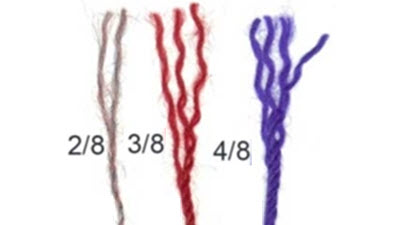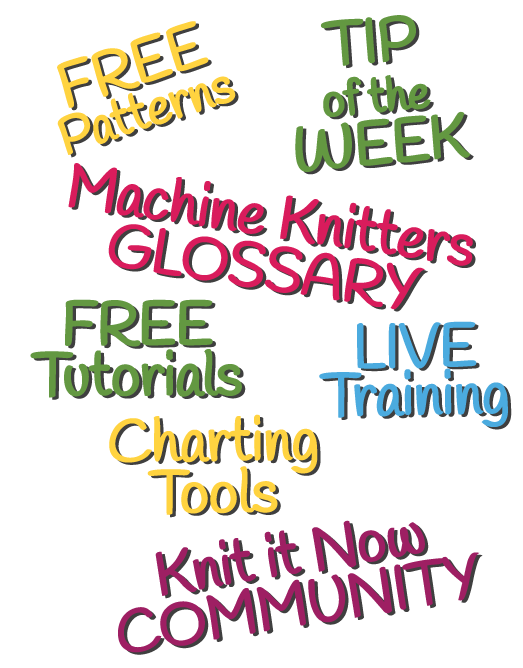FAQ's
What does yarn weight mean in machine knitting?
Yarn weight refers to the thickness of the yarn strand. It affects how the yarn knits on your machine, the drape of the fabric, and the size of the finished project.
Can I use hand knitting yarns on a knitting machine?
Yes, many hand knitting yarns can be used, but you need to match the yarn weight to the machine gauge. Thicker yarns may not feed smoothly on fine-gauge machines.
How do I know which yarn weight works with my machine?
Check your machine’s recommended yarn range. A quick swatch helps confirm if the yarn will knit evenly without dropped stitches or excess strain.
Why is swatching important with yarn weights?
Swatching shows how a yarn behaves on your machine. Even the same yarn weight can knit differently depending on fiber content and tension.
What happens if I choose the wrong yarn weight?
Using a yarn that’s too heavy or too light may cause uneven stitches, fabric distortion, or even damage to your machine. Always test before knitting a full project.





















